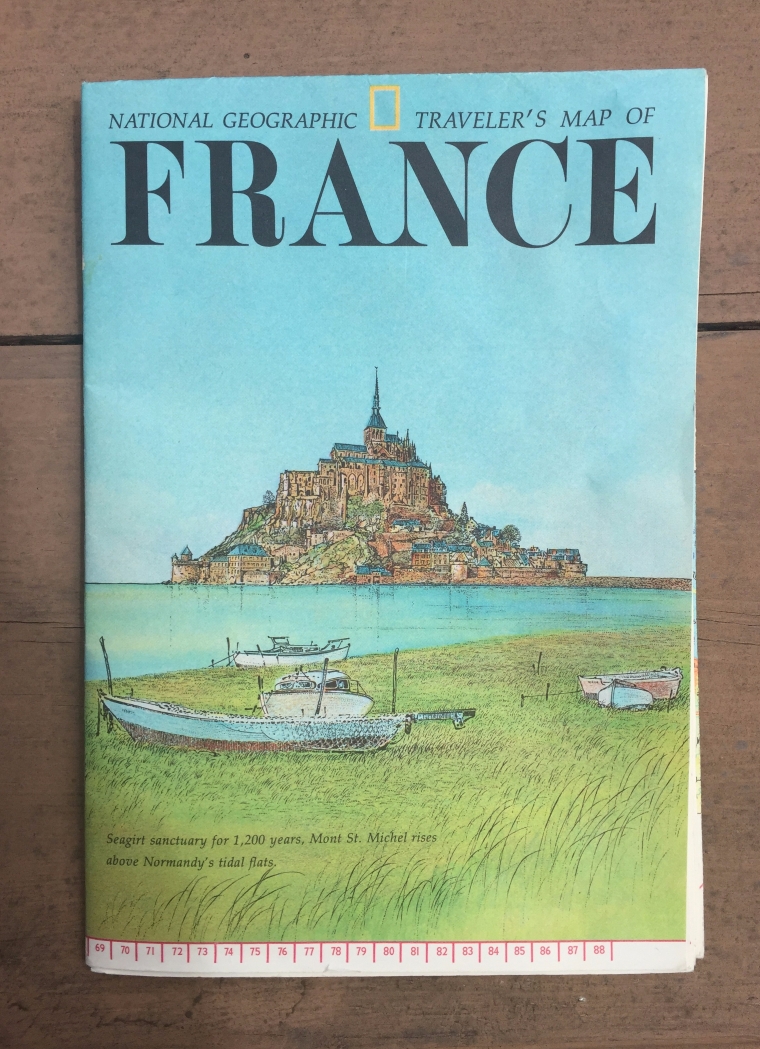
While cleaning out my grandmother’s home, my mom found a 1971 copy of National Geographic Traveler’s Map of France. Both Andrew and I eagerly unfolded the yellowed map to see what National Geographic recommended to tourists in 1971. We were impressed to see that we could have taken most of their advice for which monuments to visit, though most practical information is sadly outdated. Check out a list of comparisons below:
Under the “Hints for the Traveler” section, NG advises that a “valid passport [is] required; visas [are] needed for stays of more than three months.” Even with the advent of the European Union and Schengen zone, this remains true. US passport holders visiting France and other Schengen countries can stay within the bounds of this area for 90 days, before they either need to leave the Schengen zone, or hold the required visa to travel, study or work for an extended period.
The currency exchange information lists 1 franc as equal to 18 cents U.S. Clearly, this has drastically changed since 1971, as France introduced euro banknotes into circulation on January 1, 2002. I have no understanding of the buying power a franc represented (1 franc = 1 baguette? 1 coffee? 1 piece of candy?), but I would have liked to experience France pre-Euro, as currency can be a meaningful indicator of cultural identity. As of June 27, 2017, Google Finance reports that 1 Euro is equivalent to 1.13 USD. This should be encouraging dollar holding travelers to Europe, as in recent memory the dollar has been (de)valued to as high as 1.40 USD for 1 Euro, which is a depressing and expensive to the visitor earning a dollar-based salary to any Euro country. Exchanging money in 1971 probably involved a more direct transaction. Now, we recommend taking a debit card, and withdrawing money directly from your US bank account at a local ATM in France directly in Euros. This allows you to avoid any unnecessary fees at your local branch in the US, and gives you the best exchange rate. Don’t use the airport or train station currency exchange booths; these are truly a rip-off! Another suggestion is to use a credit card for larger purchases, but be sure to pack a credit card that charges no foreign transaction fees. We use a Capital One card, both in the US and abroad.
Under the “Shopping and Sightseeing” category, NG states that most shops are closed on Monday, which we found to still be accurate in Tours and the surrounding region. Small shops and local restaurants shuttered their windows for a day off on the first day of the week, which overall had a sleepy, post-weekend sluggishness feel to it.
NG confidently assures the monolingual American that “English [is] understood at most hotels, shops, and restaurants in the larger cities.” While I’m sure this is true, venture out into the provincial capitals and smaller towns, and English is not as “on demand” as one might expect, even in 2017. The French willingly engage in their language, too, given they sense your effort is honest, and more or less competent.
My favorite section, “Hotels,” lists the price for various categories of accommodation. The average rate for “big-city luxury hotels: about $20 a day for a single; $35 double (without meals). Some inexpensive hotels offer rooms for as little as $5, without private bath.” Assuredly, there are no upscale accommodations available in Paris for such a deal in 2017! Since I have no experience with “luxury hotels” in France, let’s compare an “inexpensive” stay in 1971 with one in 2017. In December 2009, a friend and I spent a week in Paris, and sojourned at the Hotel du Commerce in the 5th arrondissement, which I’ll use as our point for comparison. This hotel offers a fabulous location at a budget price (walk to Notre Dame! explore Rue du Moffetard!). While not fancy (the shower was at the foot of the bed, spraying water into the floor, the toilet at the other end of the creaky hall, our room up 5 flights of stairs, like sleeping in Gryffindor Tower, but no fire for the winter cold), it was, and still is, affordable. In fact, I’d stay here again, and recommend this albergue to a friend! A stay amounts to around $70 a night for 2 people in a full bed, with a shared toilet, even in 2017. So, a $70 room cost 59 euro in 2009, and supposedly $5 in 1971. All indicators point toward booking a flight to Paris, right now, with such a reasonably priced establishments available.
Another option for lodging when traveling in the countryside and through smaller towns is to book a Chambre de Hote or a Gite for a larger party. Both offer a unique cultural experience, normally breakfast is included at the Chambre de Hote, for an outstanding price / quality ratio. Outrageous by today’s standards, NG informs young adventurers that youth hostels cost only $1 a night in France, with a three night limit. This chain of Auberges de Jeunesse in Paris advertises a night in dorm in Montmarte for 19 euros a person. While 20x the amount quoted in 1971, still doable for the modern day budget conscious voyager.
Other memorable pieces of information from the 1971 Traveler’s Map of France include the advice to travel by bike – “the ultimate in inexpensive travel. For short excursions, bikes rent for about $1.00 per day.” No longer true as we rented bikes for 15 euros a day, but thoroughly endorse a day by bike experience. Our pedal along the Cher River counts as a highlight from our recent trip, and continues to be a popular pastime among the French.
Also enviable was the cost of a “top-flight restaurant meal including wine and service: $20.” Blessedly service is still included (one of our favorite parts about dining out in France – the price listed is really what you pay, no 15-20% tip to be added at the end), but a nice meal out for lunch in Tours with a glass of wine cost between $55 and $70 dollars for 2. While more expensive than Spain, considering the cost of a three-course meal with alcohol in the US (astronomical!), we thought the price quite fair.
Later this week I plan to post about the sightseeing recommendations provided by NG in 1971, which gave surprisingly similar itinerary suggestions to the one we followed in 2017. That must mean either NG is forward-thinking, Andrew has an old soul and loves the traditional spots, or else the tourist attractions in France remain largely unchanged.
Do you have any practical information for tourists to France in 2017? Am I totally wrong about the prices listed above? Do you have insider’s advice to someone booking accommodations, transportation, or restaurant reservations for an upcoming trip?


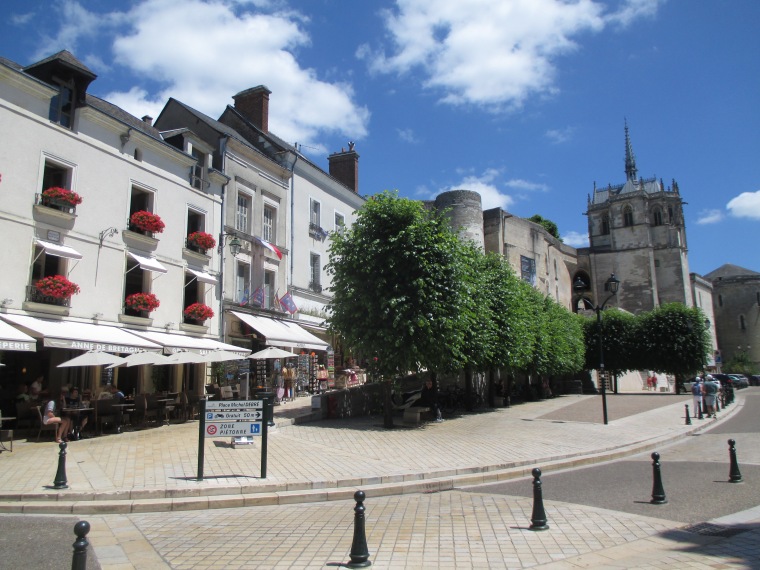
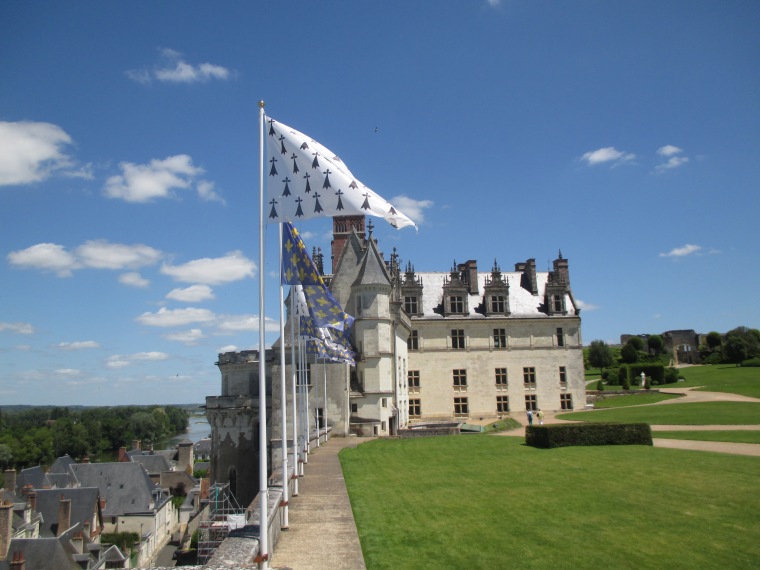

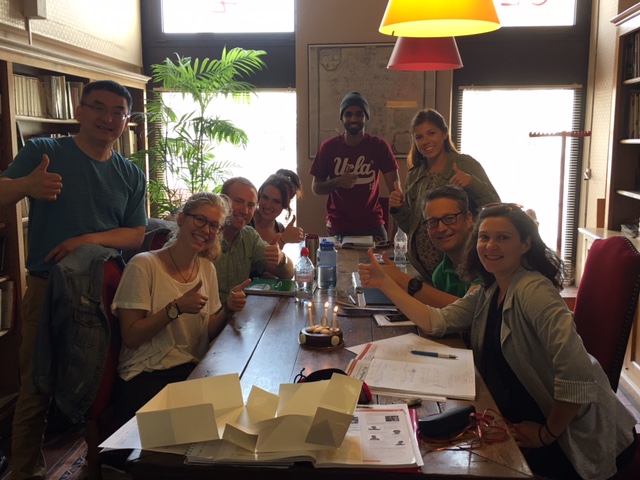











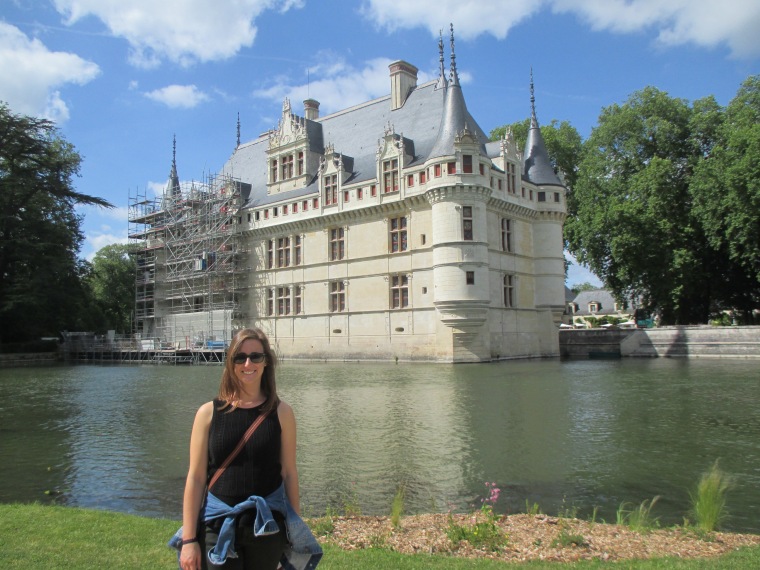
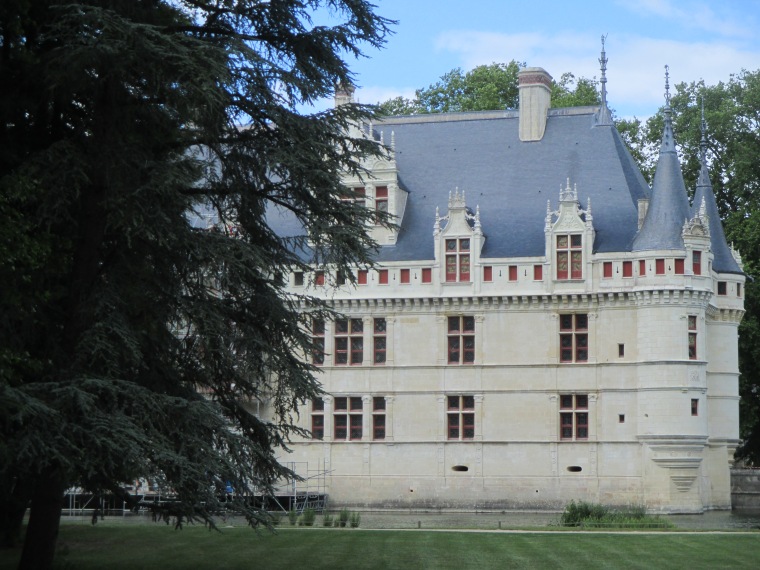
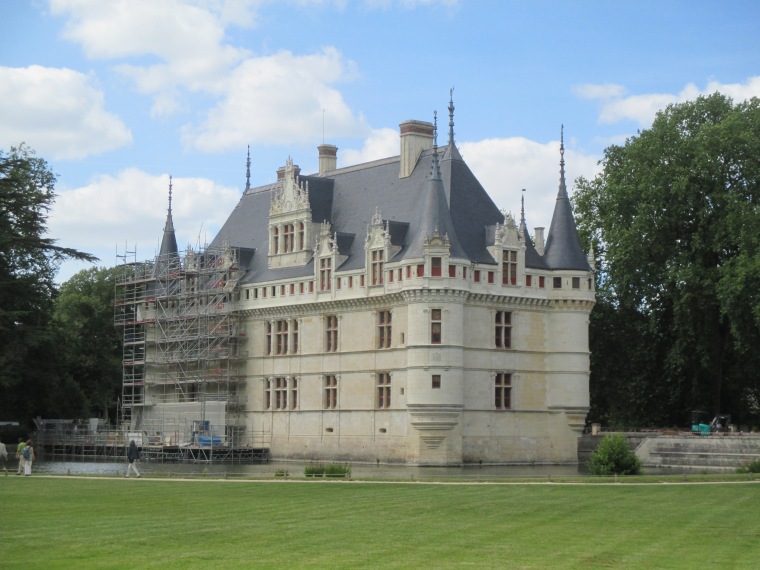
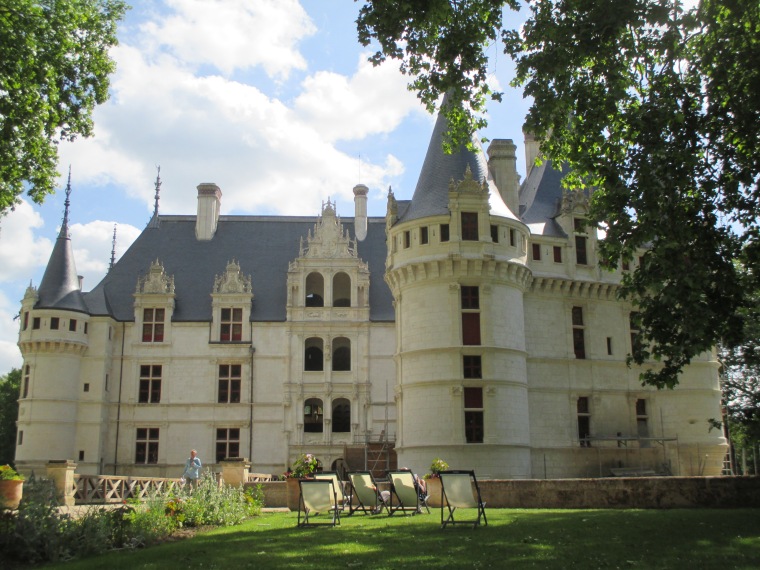
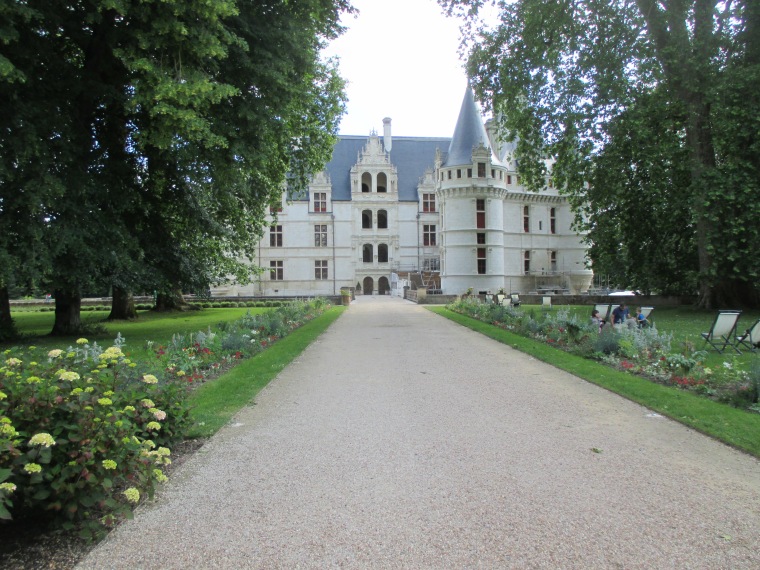






















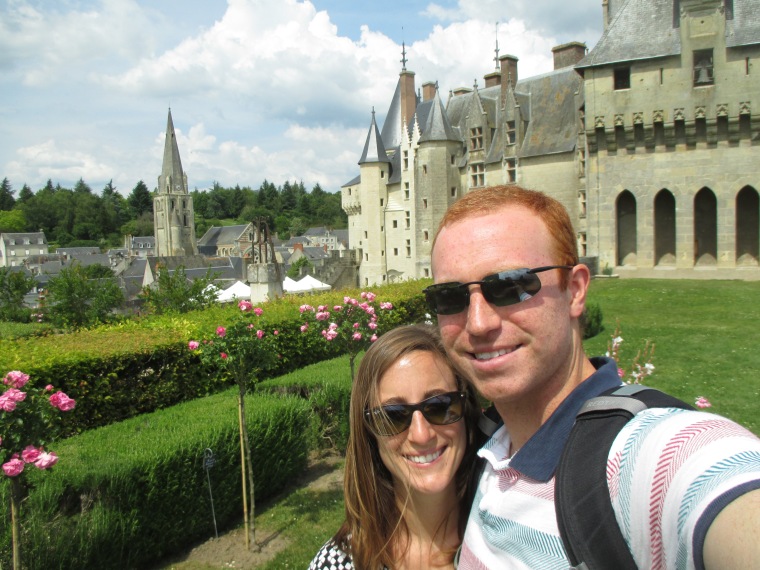
 Langeais is smaller than Tours, but offers an easy afternoon getaway. The garden featuring plants from medieval times caught our attention especially. People in the middle age munched walnuts to keep their hair from falling out, and cooked onion to settle the flatulence caused by legumes. We took notes so we’ll be able to incorporate some healthy habits into our diets! We’re looking forward to comparing Langeais with the Chateaux de Chinon, which we’ll see tomorrow. For now: Je vais au lit:) A bientot!
Langeais is smaller than Tours, but offers an easy afternoon getaway. The garden featuring plants from medieval times caught our attention especially. People in the middle age munched walnuts to keep their hair from falling out, and cooked onion to settle the flatulence caused by legumes. We took notes so we’ll be able to incorporate some healthy habits into our diets! We’re looking forward to comparing Langeais with the Chateaux de Chinon, which we’ll see tomorrow. For now: Je vais au lit:) A bientot!






